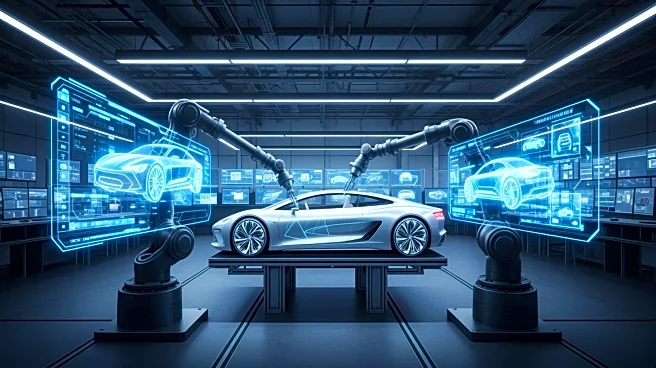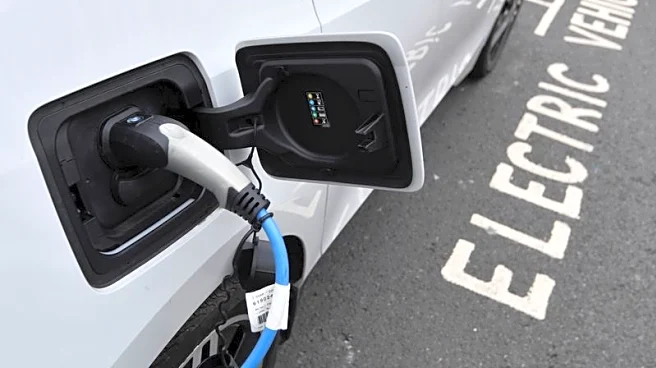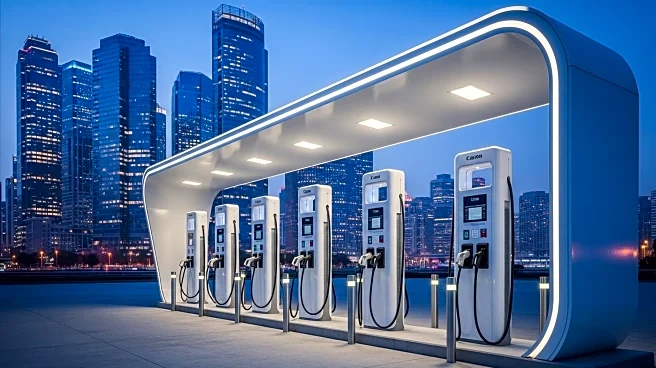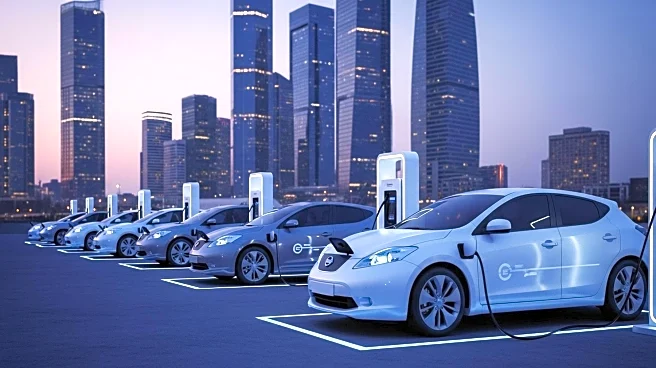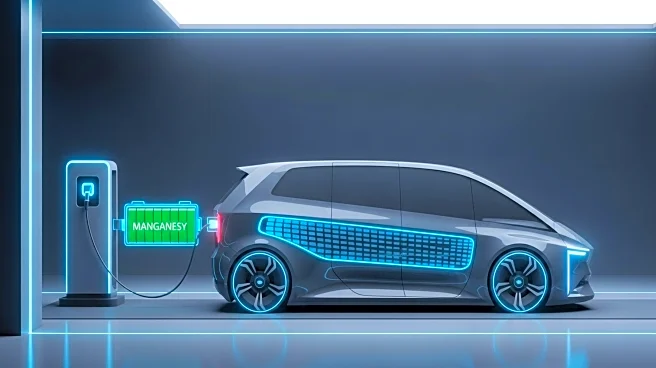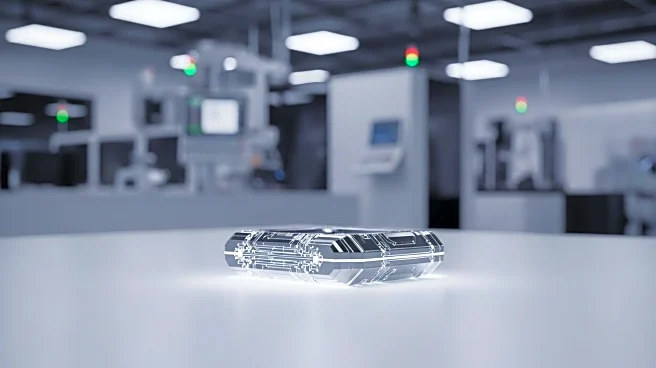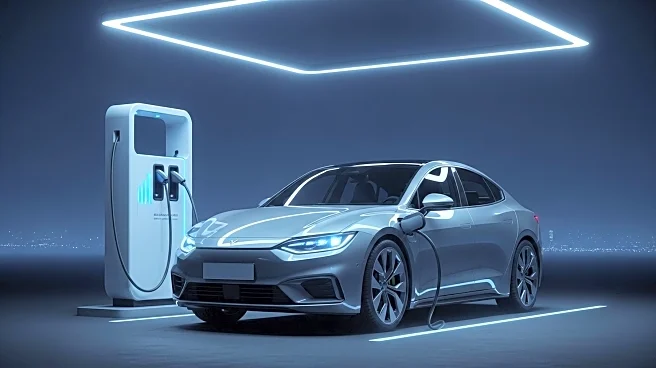What's Happening?
A survey conducted by McKinsey reveals significant shifts in Chinese consumer preferences in the automotive market, challenging traditional manufacturing strategies. The survey indicates that innovation,
rather than price cuts, is driving consumer demand, with accelerated product development cycles generating a net stimulus effect three times higher than price competition. The findings suggest that flexible production systems capable of rapid model changeovers and technology integration will deliver better returns than capacity dedicated to cost reduction alone. The survey also highlights a growing appeal for plug-in hybrid and extended-range EVs, with owners using pure-electric mode for approximately 50% of their driving.
Why It's Important?
The shift in consumer preferences in China, the world's largest automotive market, has profound implications for global manufacturers. The emphasis on innovation over price cuts suggests that manufacturers need to focus on developing advanced technologies and flexible production systems to remain competitive. The growing appeal for plug-in hybrids and extended-range EVs indicates a need for dual-powertrain production capabilities, which could reshape manufacturing strategies worldwide. As Chinese consumer preferences influence global demand patterns, manufacturers must adapt to these changes to avoid obsolescence.
What's Next?
Manufacturers are likely to invest in advanced battery technologies, autonomous driving systems, and smart cabin features to align with emerging consumer preferences. The survey suggests that success requires production systems built for rapid technology iteration, dual-powertrain flexibility, and feature democratisation across price segments. As these preferences spread globally, manufacturers will need to optimize their production footprints to accommodate new priorities.
Beyond the Headlines
The survey reveals that traditional premium German brands are losing their edge in the EV segment, as Chinese manufacturers dominate consumer awareness. This shift underscores the importance of investing in technology over maintaining legacy brand prestige. The findings suggest that manufacturing systems need the flexibility to incorporate sophisticated features across price ranges while maintaining cost discipline.
